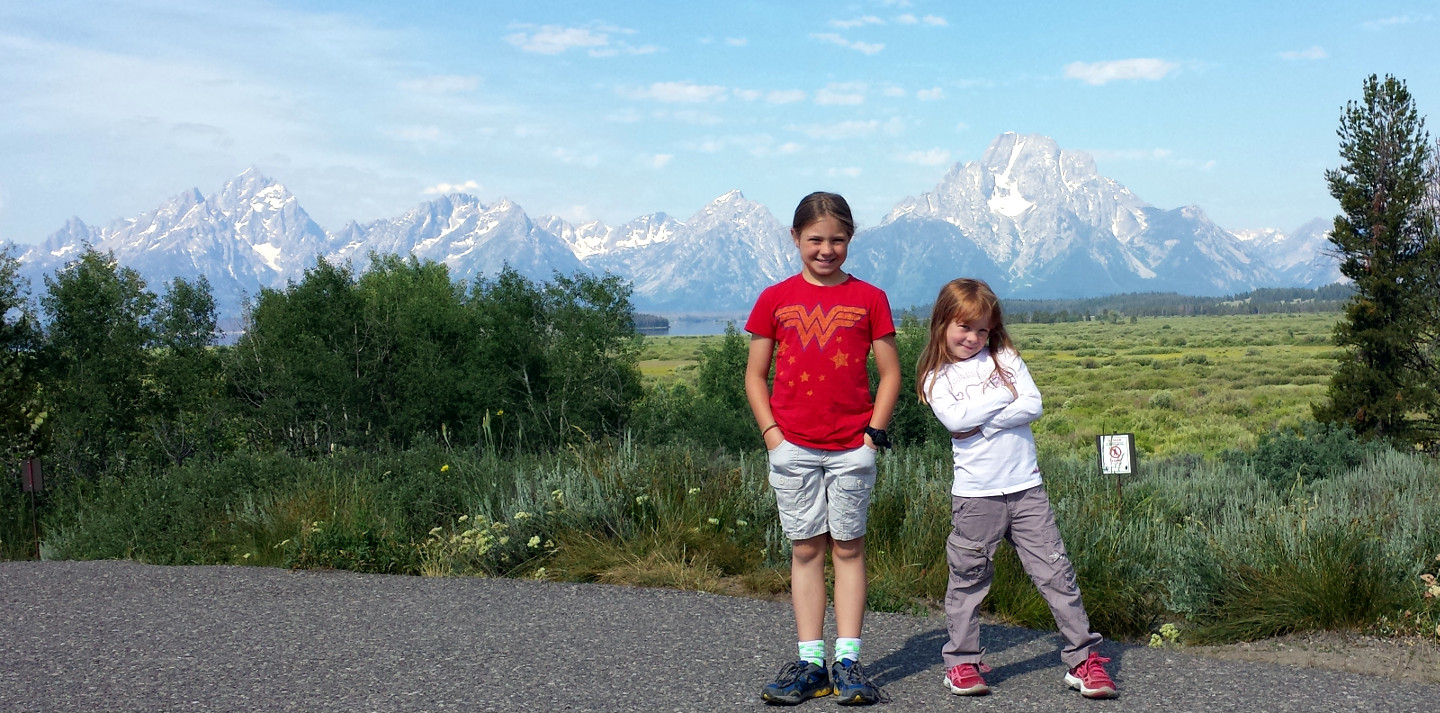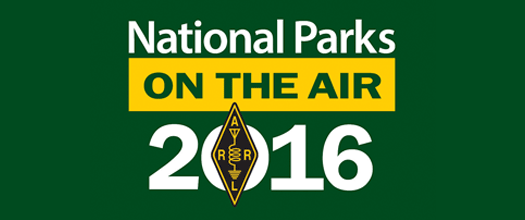It looks like the summer plans are coming together. In an effort to capitalize on the success of last summer’s trip, this summer’s agenda is a bit more aggressive. 60 days and eight national parks: Yosemite, Kings Canyon, Zion, Grand Canyon’s North Rim, Bryce Canyon, Glacier, Yellowstone, and Grand Teton.
I got the last reservations I needed on Friday. Yosemite seems to be the odd duck when it comes to reservations due to its popularity and scarcity of campsites in the Yosemite Valley. Last summer we were able to make only a day trip to the Yosemite Valley and had a wonderful time. But we only saw just a tiny bit of what the Valley can offer, not to mention anywhere outside the Valley.
For this summer’s trip, we have reservations for a few days at a campsite on the valley floor. Yosemite will be our first national park this summer. After Yosemite, we will head south to Kings Canyon/Sequoia National Park. Although I grew up in California and attended Boy Scout camp near Kings Canyon, I have never actually been there. Then we make our way to Zion National Park followed by the North Rim of the Grand Canyon. Heading back north, we will spend a few days at Bryce Canyon National Park. This area of Utah, Arizona, and Colorado is loaded with national parks. Some folks spend the summer making the “Grand Circle Tour” seeing all of them. Our Grand Circle Tour will have to wait until another summer. I have never been to Zion, Bryce, or the Grand Canyon. Our visit this summer should give me a good idea about this area and I will know if I will want to come back again to see other national park gems like Mesa Verde, Arches, Canyonlands, and Capitol Reef.
Finding our way back to I-15, we will head north, north, north…. up to Glacier National Park. Glacier was on of our stops last year and Glacier rivals Yosemite in beauty (my opinion). Glacier also has a lot less people. We will spend a week on the west side of the park and then a week on the east side (even less people). There were lots of things we did not have time to see last year and there are many things we would like to see again. We have reservations at St. Mary Campground now, but I would be thrilled to get one of the first-come first-served spaces at Many Glacier Campground. We’ll see.
Back on I-15 and heading south, we will find our way to the northern entrance into Yellowstone. Yellowstone was another park we visited last year and I am looking forward to this return trip. We are starting our stay at the Canyon Campground, located centrally on the eastern side of the figure eight loop. From here I hope to explore the Mammoth Hot Springs and the old Army garrison. We will probably make one or two twilight trips into the Lamar Valley to see the wildlife (at a safe distance). Then we move down to Grant Campground, located on the western portion of Yellowstone Lake. I would enjoy a day trip out to the Norris Geyser Basin as well as exploring Lewis Lake to the south.
Our last national park this summer will be Grand Teton. This year I have reservations at their RV park on Colter Bay. This place has full hooks up for our trailer which may be helpful as temperatures climb a bit in July. We never got to explore much of Jenny Lake or look around the Moose Visitor Center which has a few attractions nearby.
Then we’ll make our way back home to Kansas.
A few goals for this summer’s trip:
– Have fun and make sure the schedule does not become oppressive. The time allotted for Yosemite, Glacier, Yellowstone, and Grand Teton should allow for a relaxed schedule.
– Balance taking pictures with having fun. I usually error on the side of not taking pictures in order to make sure I am enjoying “the moment”. I think there is a balance. There are those who spend their vacation looking through the screen of a cell phone as they swing around a selfie stick. Not for me.
– Make a few NPOTA contacts. I plan on getting an HF rig installed in my vehicle by mid-March. My intent is for casual operation and to keep a paper log.
– I have toyed with the idea of using my PACTOR III modem to allow for an email capability. There are many locations I will be this summer that does not allow for cell or internet access. If I can design an easy way to integrate the modem into the mobile setup, testing it with a mini-laptop and am sure it will work without issue… I may do this.


 The National Parks on the Air (NPOTA) is off and running. Making contact with a handful of stations currently operating from NPOTA locations has made me wonder if the ARRL has had a good idea with NPOTA as a way to help celebrate the anniversary of the National Park Service.
The National Parks on the Air (NPOTA) is off and running. Making contact with a handful of stations currently operating from NPOTA locations has made me wonder if the ARRL has had a good idea with NPOTA as a way to help celebrate the anniversary of the National Park Service.